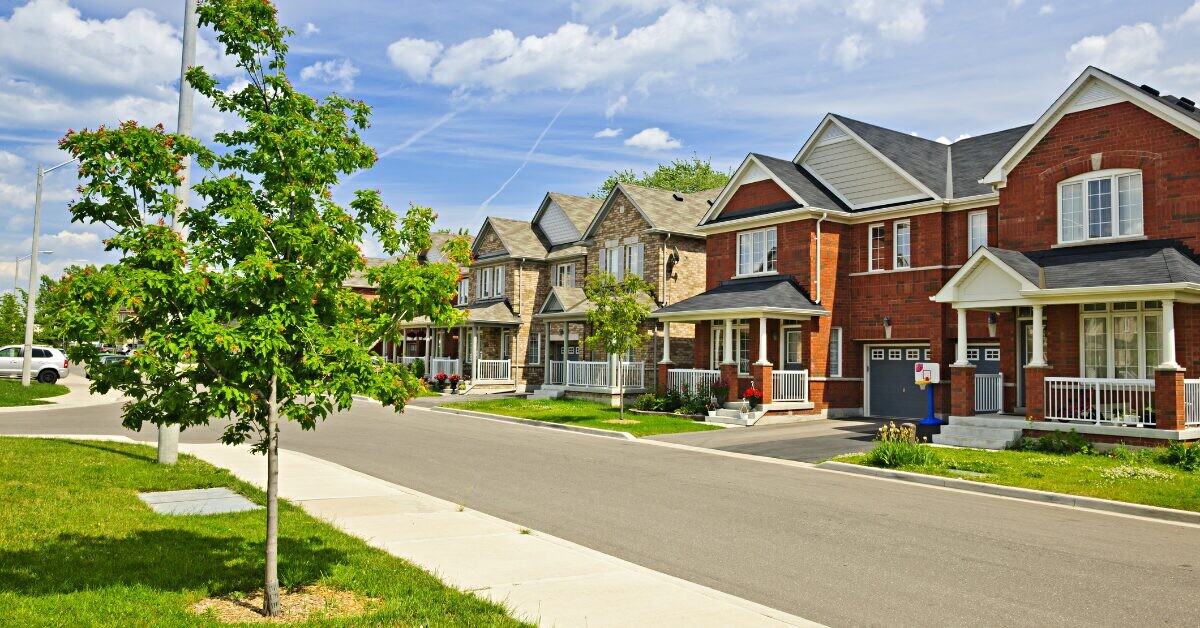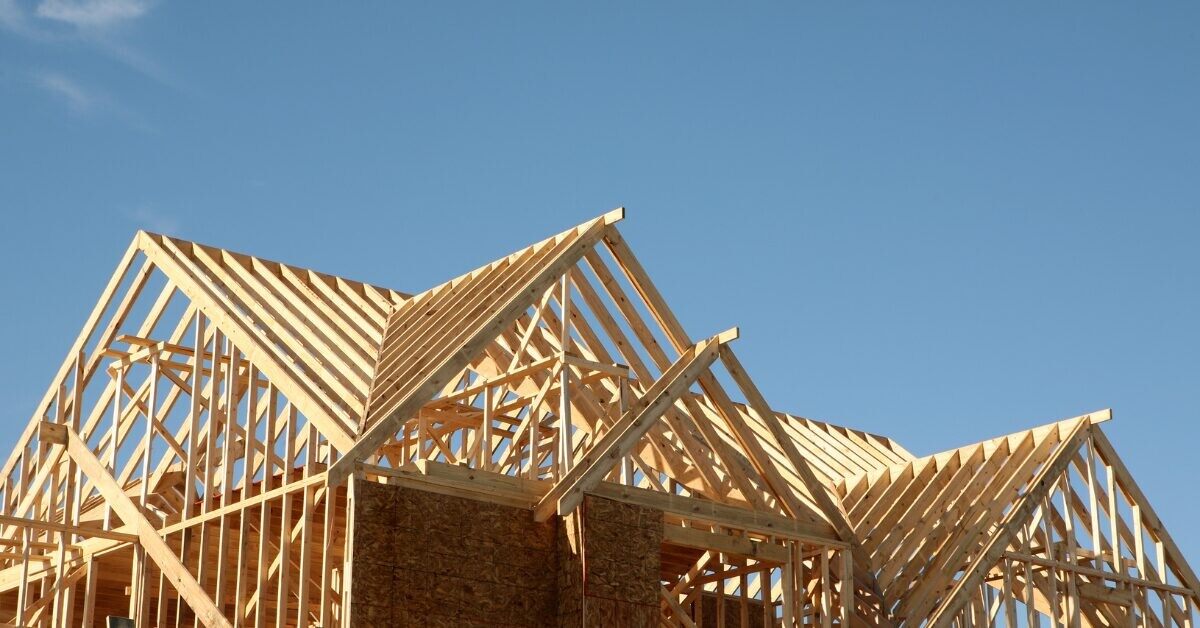It’s been a long and, at times, grueling election season. But it’s nearly over!
Very soon we will be able to turn our televisions back on and not experience the constant barrage of political advertisements. And after months of trying to interpret polls and trendlines, we will have the only results that matter – the votes on November 8th.
As the state’s leading association defending the housing industry and homeownership, Housing First Minnesota is very active in Minnesota politics. Our first goal is to elevate housing and homeownership as part of the election discussion. There is no doubt that this goal has been accomplished. More and more Minnesotans than ever before are viewing housing affordability as top tier issue.
“Our political program has shown great success for numerous electoral cycles,” said Tony Wiener, chair of the advocacy committee. “By strategically supporting pro-housing candidates throughout Minnesota we are effectively promoting homeownership and housing priorities. The winners of Tuesday’s elections will have a profound impact on issues that impact housing for the next four years and we look forward to working with these leaders at the Capitol.”
Our second goal is to grow the bipartisan caucus of housing supporters. In 2022, Housing First Minnesota endorsed our largest slated of legislative candidates ever! We look forward to working with many of these folks to address housing issues starting in January.
So what will that legislative and executive makeup look like in January? Mark Foster, vice president of legislative & political affairs, shares his crystal ball about what we can expect in the election.
Minnesota State Constitutional Offices and the Minnesota Legislature
Governor
In 2018, Governor Tim Walz (DFL) comfortably beat Jeff Johnson (R) 53.8%-42.4% during a good election for the DFL. A lot has changed in the past four years and no one is expecting the margin between Walz and his opponent, Dr. Scott Jensen (R), to be anywhere near the 2018 numbers.
Statewide public polls have consistently had Governor Walz leading the race, but in recent weeks it has undoubtedly narrowed with Jensen even leading in one poll. The most recent Real Clear Politics average has the race as a 2.5% lead for Walz. However, he has only been over 50% in one poll throughout the year, and with numerous 3rd party options, voters may peel off to one of them. Because of this tightness, national money for both the Democrat and Republican candidates has shown up on the airwaves in the past couple of weeks.
Walz is the favorite as he is expected to run up the score in Minneapolis, St. Paul, and other city centers. However, Jensen will narrow the gap in rural parts of Greater Minnesota. The suburbs are up for grabs and are likely to decide who ultimately wins. Depending on how good of a night it is for Republicans, there is an outside chance that Jensen pulls off the upset. Final Ranking: Lean DFL.
Senate
Minnesota Republicans have held the majority in the Senate since 2016. The current breakdown is 34 Republicans, 2 Independents (that caucus with the Republicans), and 31 Democrats. The new legislative maps are slightly more favorable to Republicans. 34 seats are in the safe Republican-lean Republican territory, with 27 seats in the safe DFL-lean Democrat categories. This leaves 6 seats in the tossup range.
The DFL would need to massively buck midterm trends to win all of the tossups plus one lean Republican seat in order to take the majority. The more likely scenario is to see Republicans win a majority of the tossup seats and increase their majority somewhere in the 37-40 seat range. Final Ranking: Likely Republican.
House of Representatives
Over the past six elections an average of 12.5 seats have flipped between parties. Fortunate for the Republicans, they only need to flip four seats in order to take over the majority that the DFL has now held since 2018. Over the past few election cycles, Republicans have slowly flipped more and more Greater Minnesota seats. They are hoping to complete the Greater Minnesota takeover on the Iron Range this year, which would likely get them enough seats to hold the majority. But that’s only if they do not lose any of their incumbent legislators in close metro seats.
Once again, midterm trends tend to favor the party not in control of the White House. With that, Republicans are favored to take the majority. As for the exact numbers, it primarily depends on how suburban voters feel, with nearly a dozen competitive seats from White Bear Lake, to Woodbury, to Chanhassen.
The three most likely scenarios, in order of most likely to least likely are: Republicans win control of the House with a similar gap to what the DFL currently has (70-73 seats); Republicans win control of the House in a very good night for the party winning what some would call “stretch” seats (74-76 seats); and finally the DFL holds the majority by the slimmest of margins (68 or 69 seats). There’s also always a chance that the parties tie 67-67. Final Ranking: Lean Republican.
Attorney General
Polling has shown that the Minnesota Attorney General’s race is the definition of a tossup. Incumbent Keith Ellison (DFL) and challenger Jim Schultz (R) have each led in recent polls. Final Ranking: Tossup.
Secretary of State
Out of the four DFL incumbents running for reelection, Steve Simon should feel the most comfortable. He is regularly running 5-10 points ahead in most polls over his challenger Kim Crockett (R). Final Ranking: Likely DFL.
State Auditor
Much like the Attorney General’s race, statewide polls have shown that this race is very close. Incumbent Julie Blaha (DFL) is neck-and-neck is challenger Ryan Wilson (R). Final Ranking: Tossup.
Conclusion
All-in-all, the momentum has greatly shifted towards Republicans in the past few weeks. Throughout August and September we saw a very even split in the generic congressional ballot. But throughout much of October, the GOP has been able to create a consistent lead, 3 points as of 11/3.

Additionally, Democrats are having to overcome very challenging approval ratings for President Biden. While these numbers are an improvement from the worst numbers of -17-19 points in July, he still has strong disapproval ratings.

In 2021, Virginia and New Jersey held statewide elections that shifted 10 points to the right from the 2020 vote. The congressional ballot and Biden approval numbers are even worse for Democrats than that November election.
In Minnesota, we can expect a fair amount of split ticket voting, which could lead to a fair amount of mixed results. The most likely scenario is to see a DFL Governor with a GOP legislature. We last saw this makeup in 2016. The additional constitutional offices could also split between parties. If the GOP is able to win any of these races, it would be the first statewide victory since former Governor Tim Pawlenty won in 2006.
Look for a post-election rundown in mid-November as the association prepares to work with a newly elected Governor and legislature beginning in early January.

















